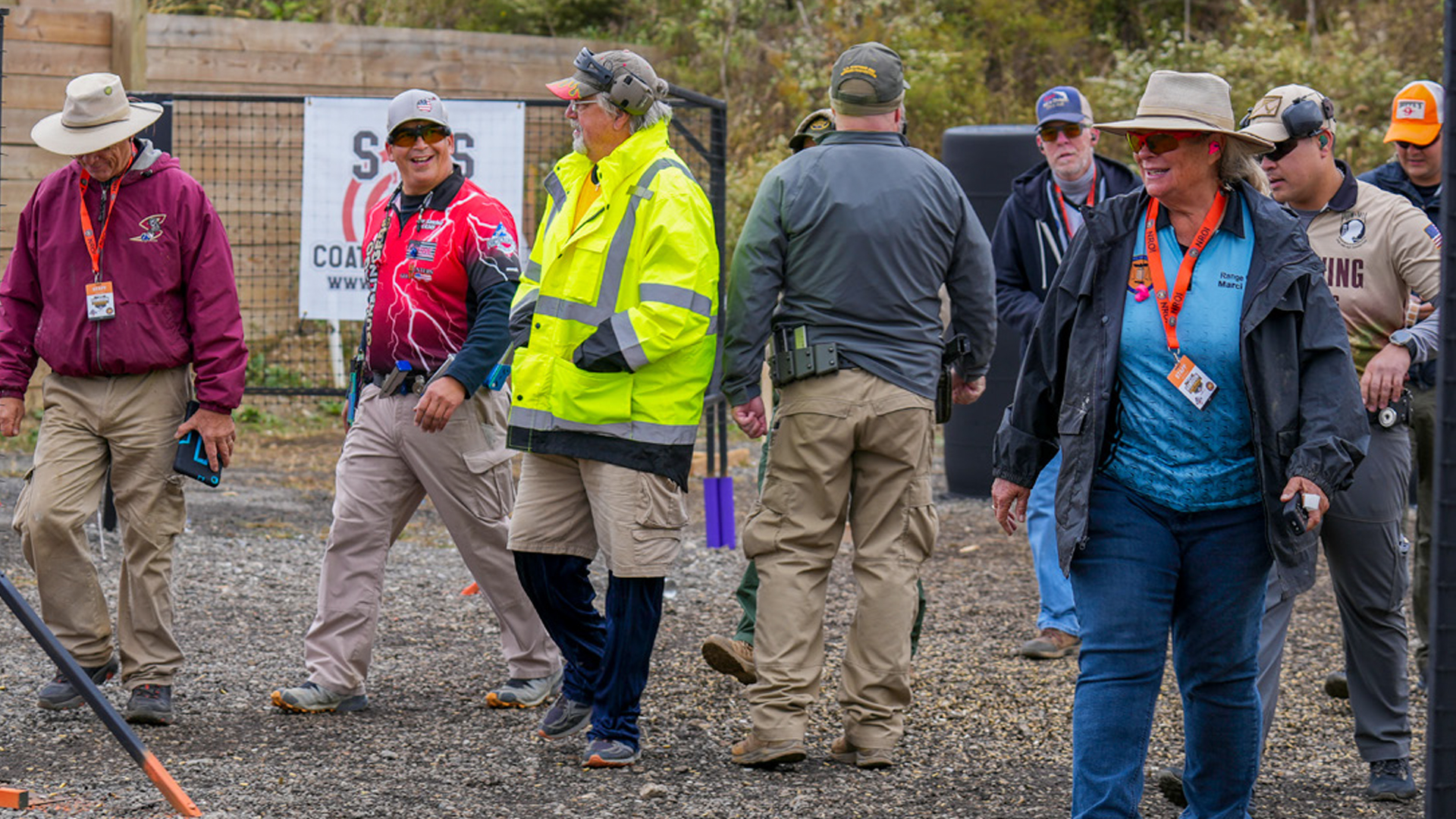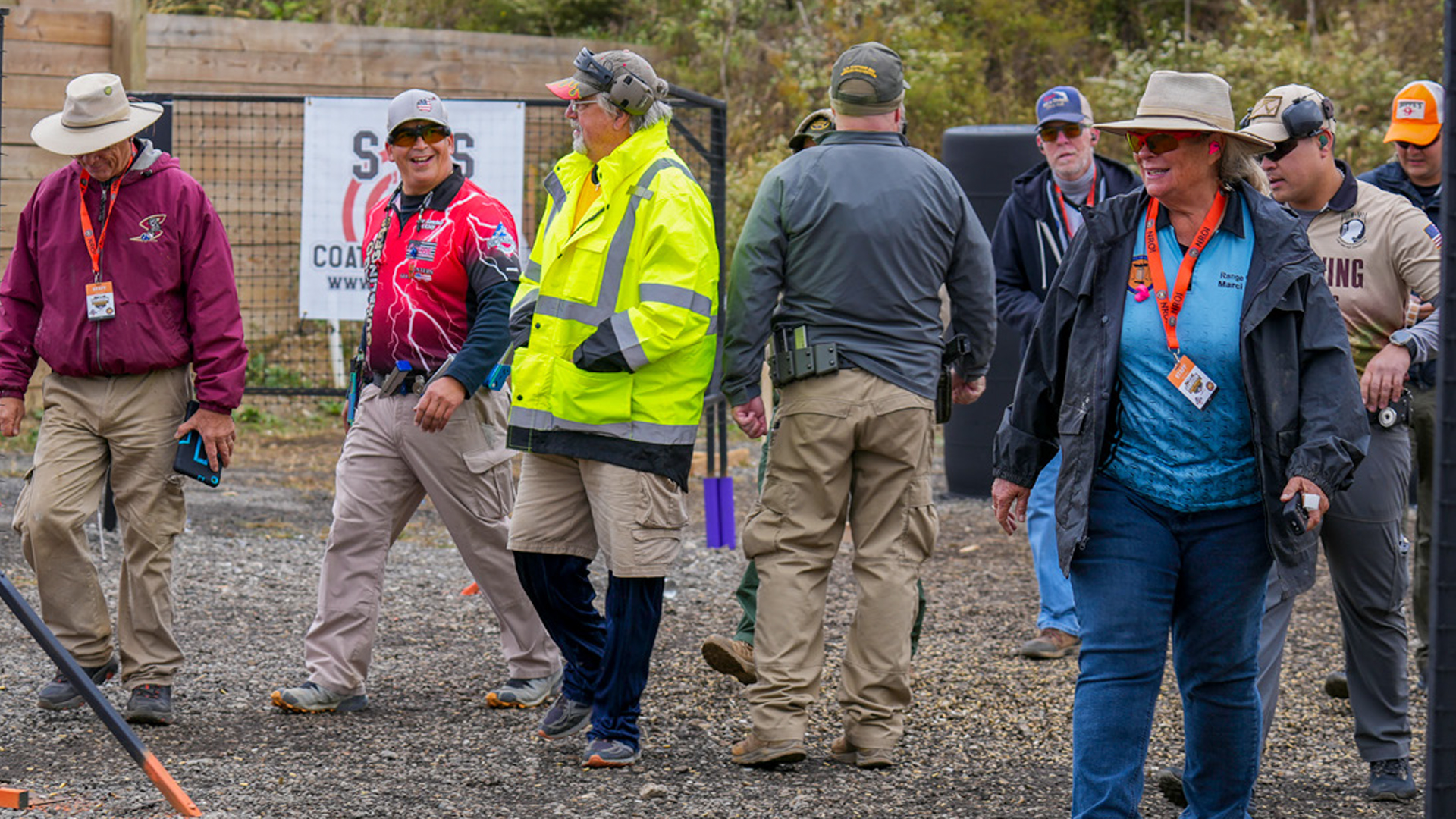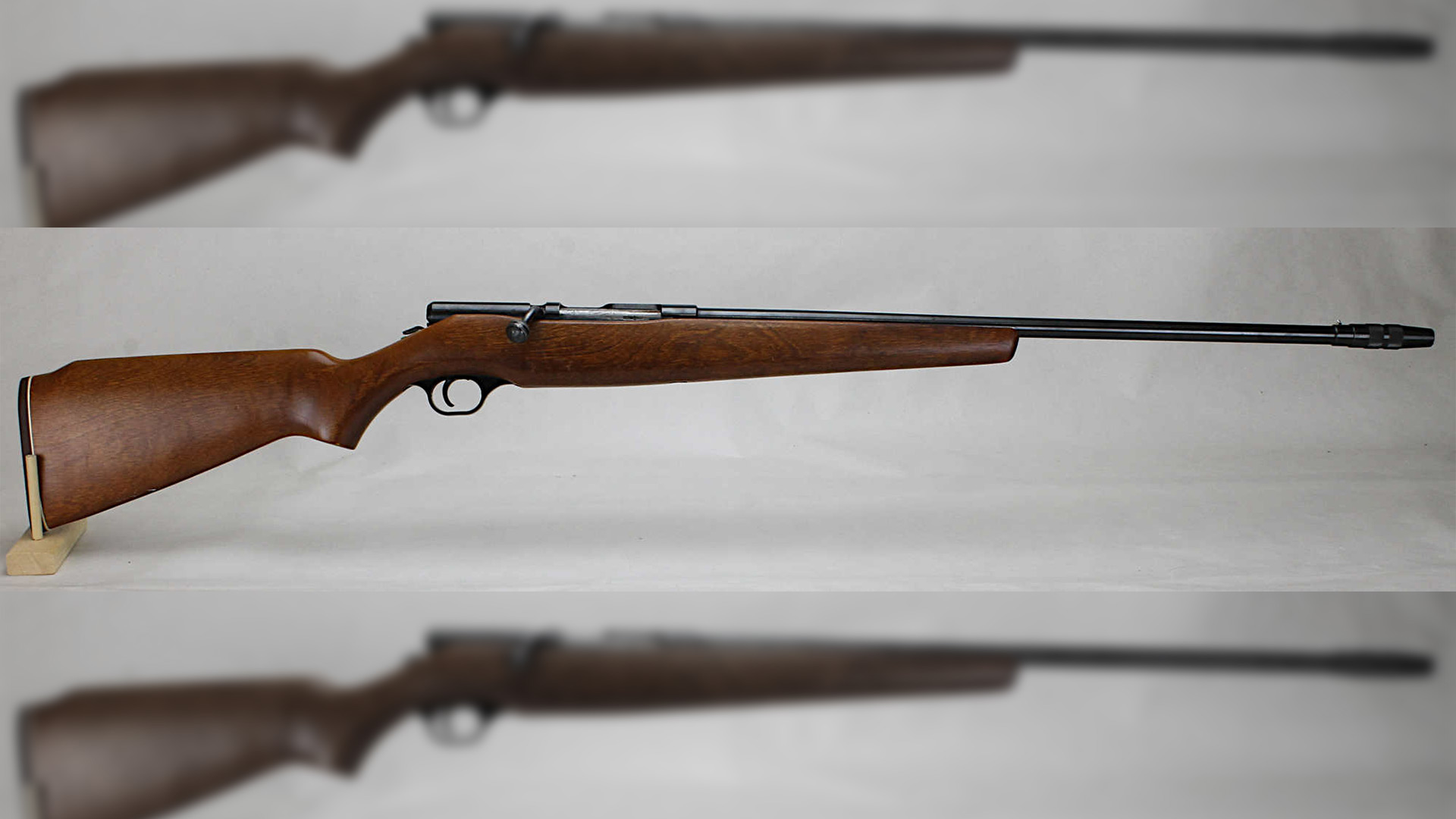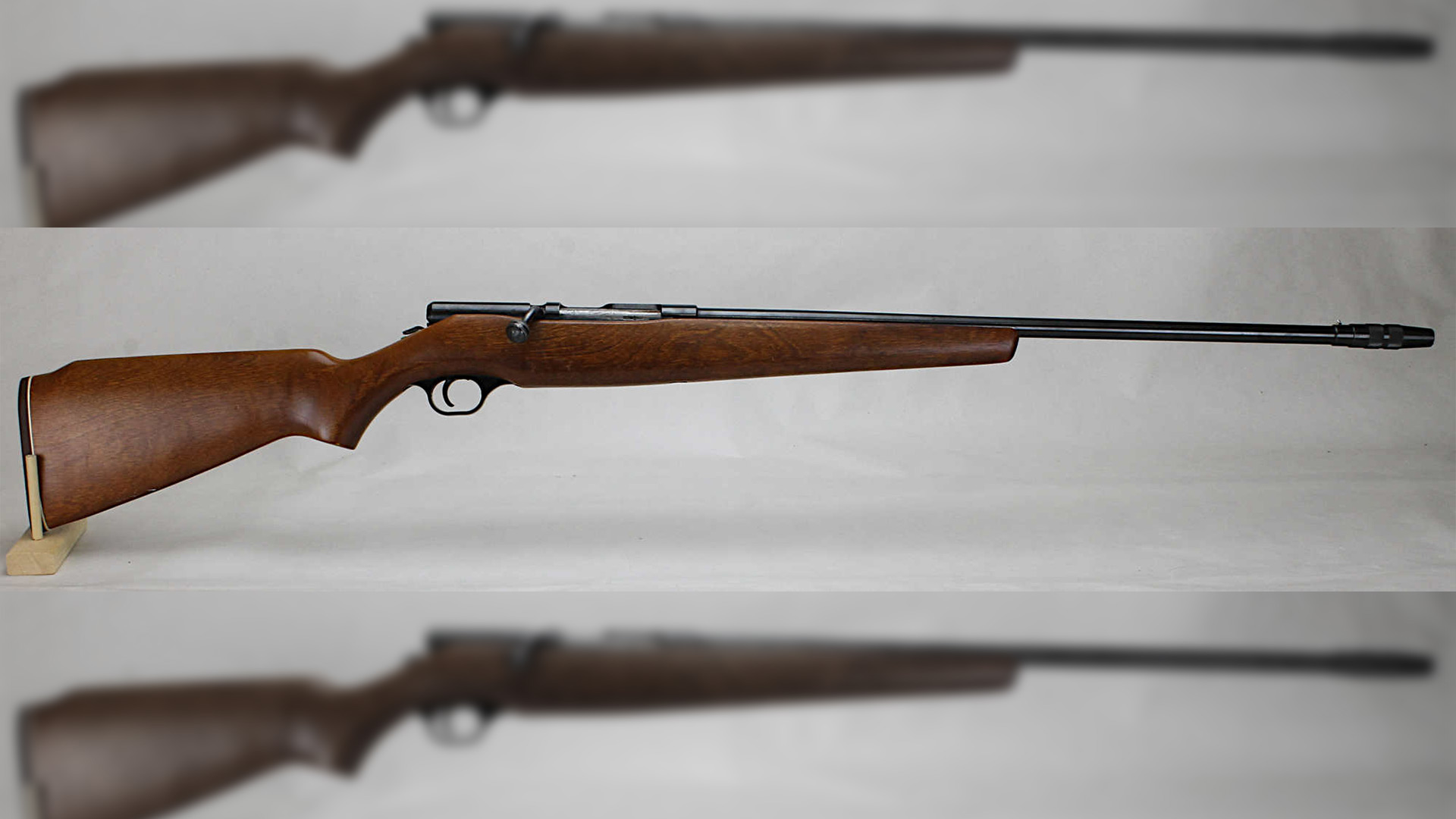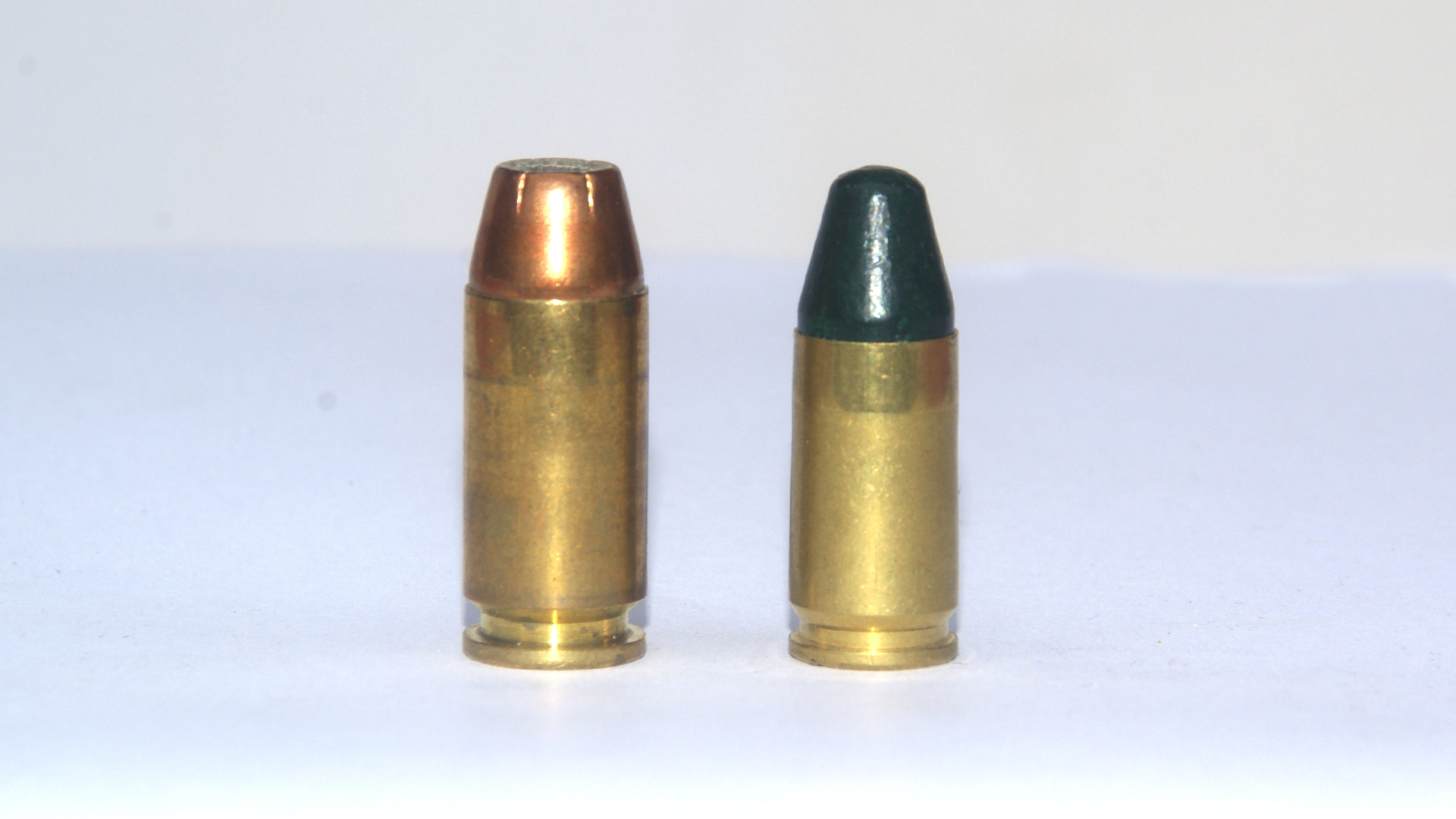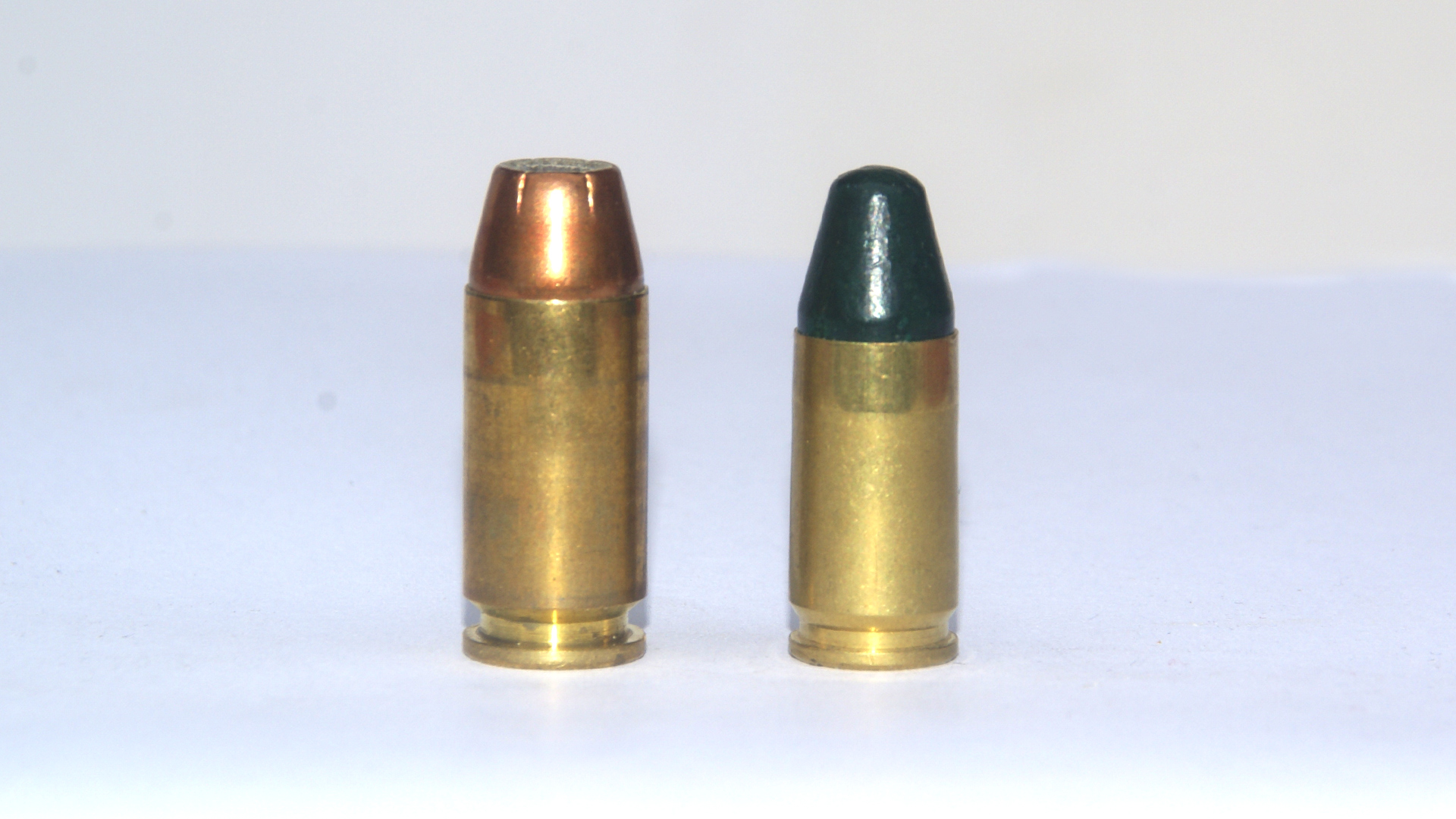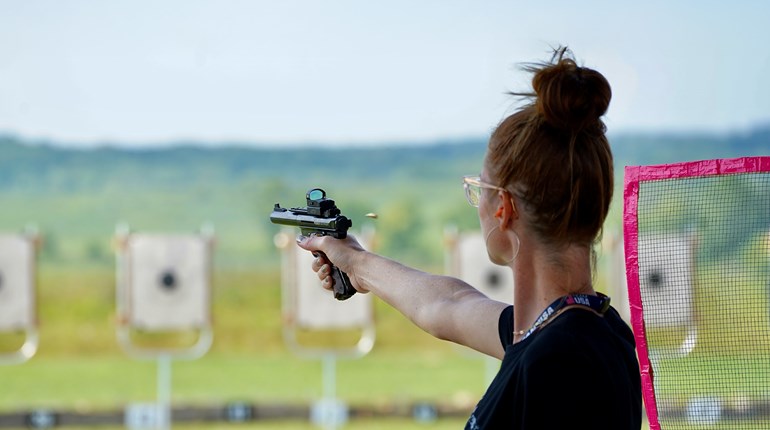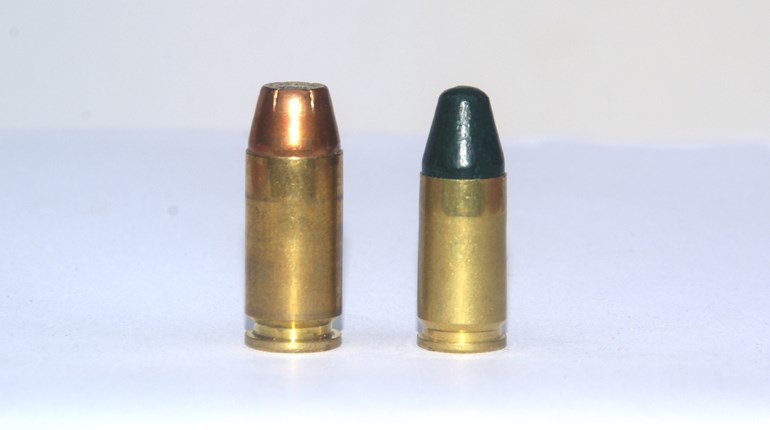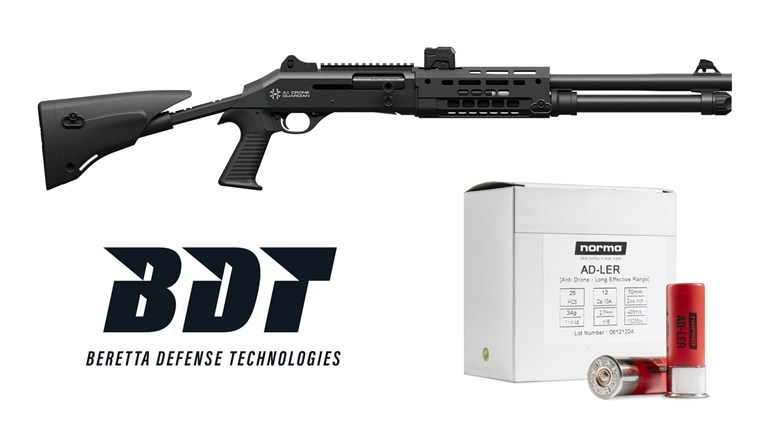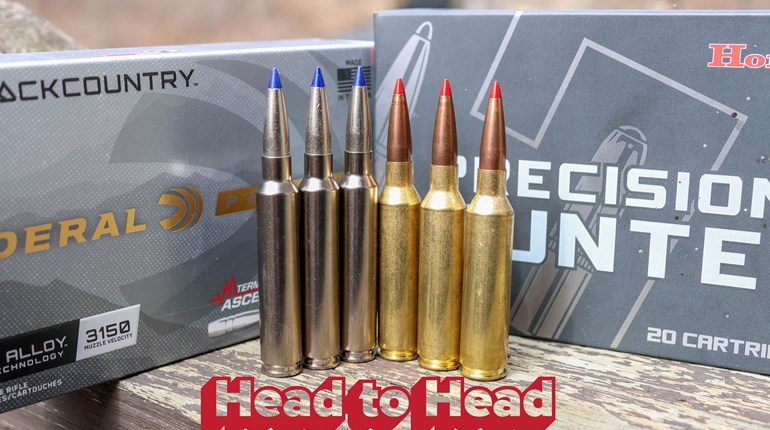
One of the biggest recent trends in handguns is that of general-purpose or duty-grade 9 mm Luger pistols with added compensators. Compensators, which reduce muzzle flip by venting expanding gasses upward to nudge the muzzle downward, are nothing new in the handgun world. However, the contemporary style of low profile and sleek “tactical” compensators are part of a rapidly expanding industry-wide trend.
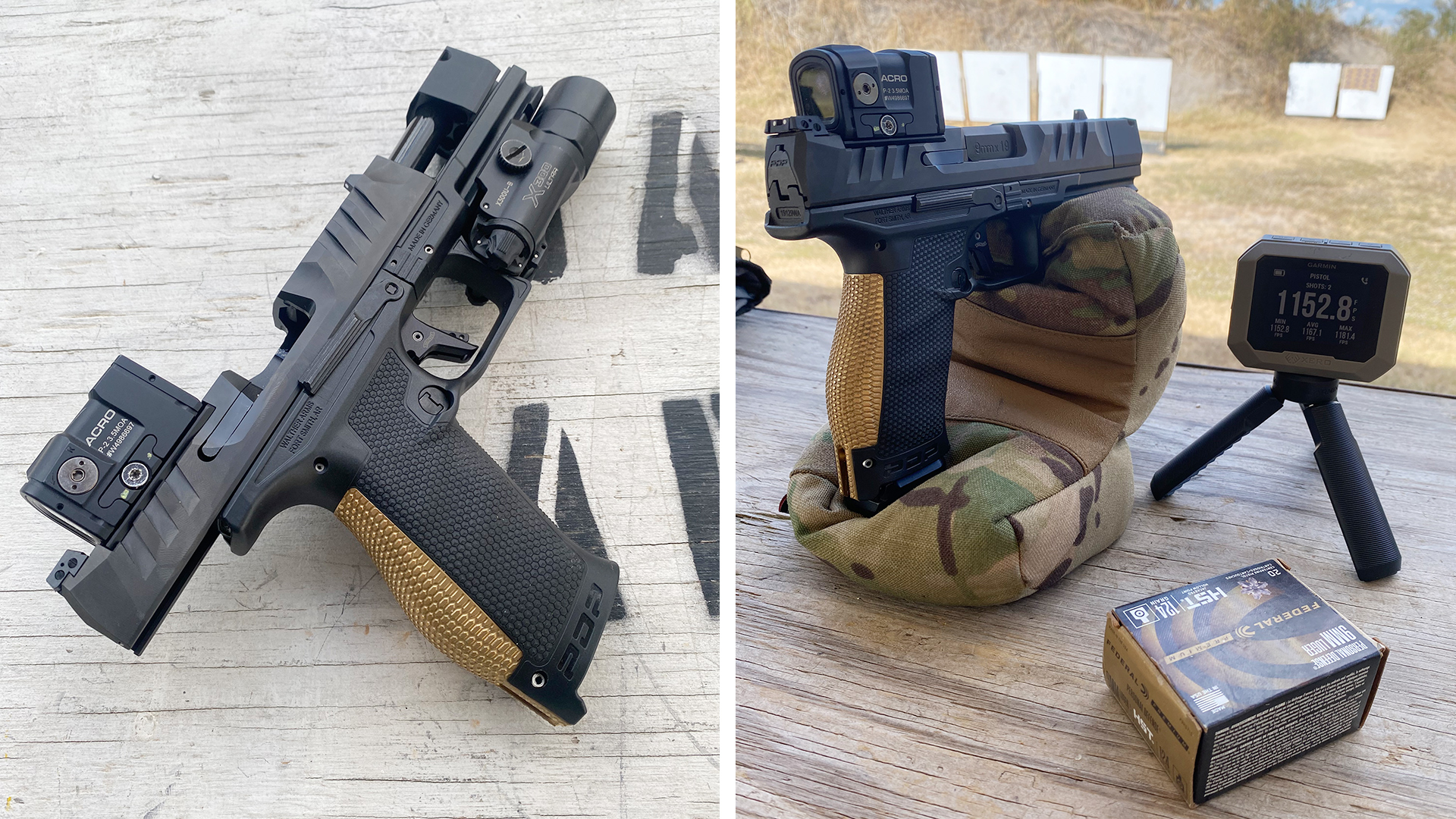
Case in point, my first ever feature-length review for Shooting Sports USA covered the factory-compensated Canik TTI Combat, a product that Century Arms released last year and proudly showcased at their SHOT Show booth in January 2024. Last summer brought us three new compensated handguns from Smith & Wesson, too, with the introduction of the Carry Comp M&P 2.0 and M&P Shield models. Correspondingly, Walther Arms also unveiled several new Walther PDP and PDP-F SKUs, two of which sport factory-installed single-port Parker Mountain Machine compensators. Even as I write this article in mid-November, Beretta USA and Davidson’s recently launched two additional single-action-only Beretta 92XI variants, the Gara and Corsa, at the end of October 2024. Both of these new Beretta 92 variants are of course outfitted with single-port compensators, courtesy of Toni System.
Outside of the Beretta 92XI Gara or Corsa, I have some trigger time with the other pistols I listed. Besides reviewing the Canik TTI Combat, I’ve been working with the Smith & Wesson M&P 2.0 Metal Carry Comp since August. Likewise, I spent October shooting the full-size Walther PDP Pro-X PMM, and my review is waiting to be published elsewhere. Assuming that this trend of compensated duty/general purpose pistols will only continue wouldn’t be unreasonable. I don’t think this is a bad thing, because even though compensators may not be the solution to every pistol-shooting scenario, compensators do in fact help shooters round out the margin. However, no compensator makes up for the lack of skill, nor will it magically turn a pistol into something it is not.
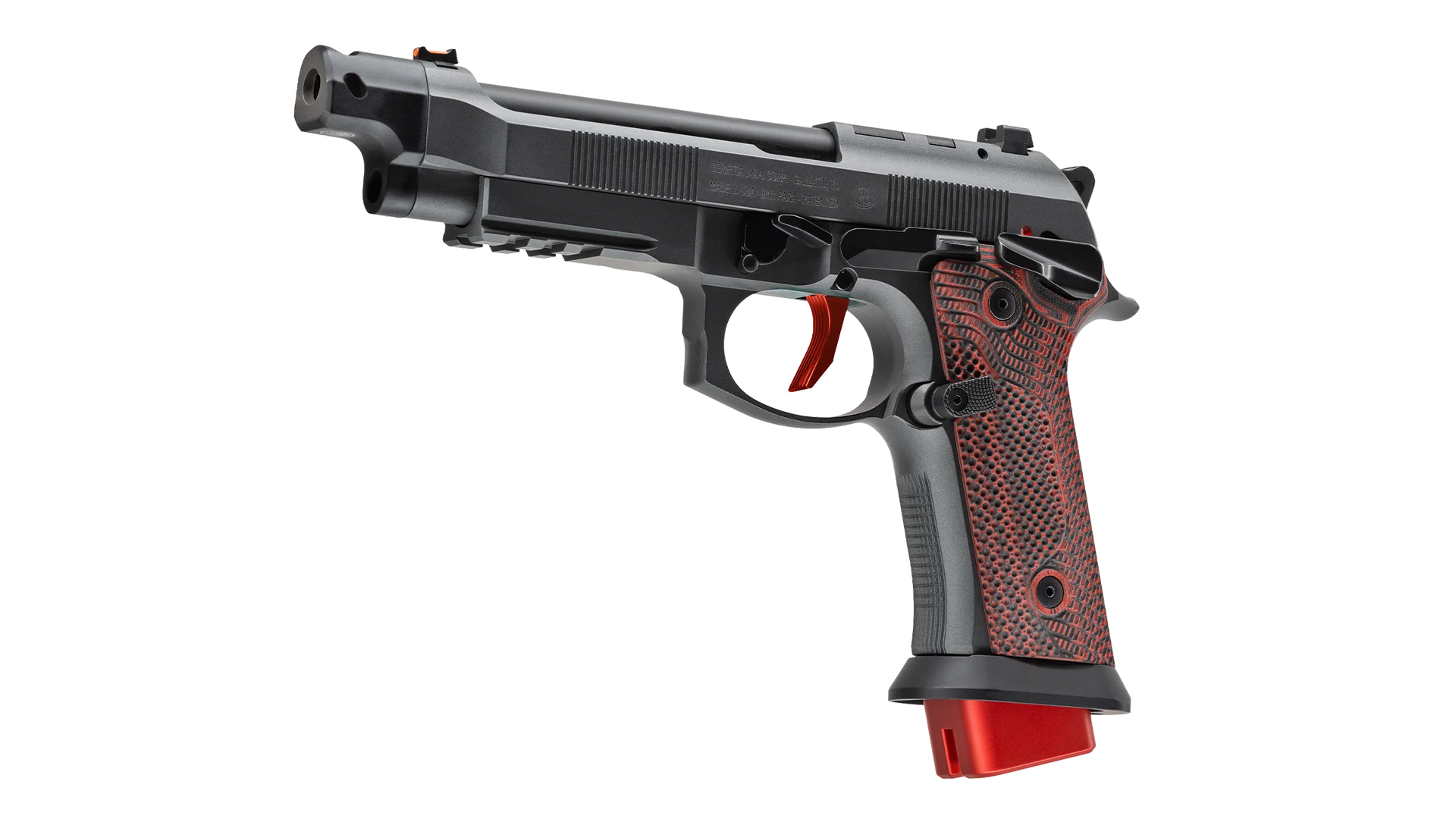
The universal thread amongst all of these guns, regardless of brand or action, is that they’re chambered to fire standard-pressure SAAMI/CIP-spec 9 mm Luger ammunition. Likewise, their corresponding compensators are designed to work with these types of rounds. Let’s refer to these types of modern compensated 9 mm pistols as “practical-tactical” pistols. If anything, it will make this article easier to read.
Action Pistol’s Open Division Conundrum
The surging of the practical-tacticals undoubtedly means that more shooters are likely to bring them to action-pistol matches and events such as USPSA, IDPA, IPSC and the like. In virtually all these leagues, any compensated or ported pistol is universally relegated to the corresponding “Open” divisions. (In IDPA, this would fall under “Enhanced Service Pistol” under the newest rules [IDPA ESP A.2.3.3], but these aren’t quite “all-out” raceguns, as those aren’t part of IDPA.)
Traditionally, Open divisions in USPSA or IPSC have always been the home of raceguns, which are match-only, highly customized sporting pistols that are finely attenuated for ultimate performance in this context. To be truly competitive, Open guns require higher capacity 170 mm magazines, reflex sights, compensators and, most importantly, ammunition loaded to major power factor (for the extra points). These requirements make Open raceguns their own kind of categorical beasts. To further elaborate, a competitively configured Open gun is built on a hefty frame to better resist recoil, counts on a very light and easy-to-slap single-action trigger, uses a red-dot sight that sits on a fixed mount (not the slide) and, more importantly, is always outfitted with a massive multi-port compensator to stabilize the muzzle during rapid fire. To squeeze capacity and still meet power factor, these raceguns tend to be chambered in either 9 mm Major (9 mm Luger ammunition deliberately loaded above SAAMI specifications) or the traditional .38 Super (an old-school 9 mm cartridge with a longer case and thus more propellant capacity). Other than being handguns, they hardly have anything else in common with regular pistols. Many of them look like foreign alien blasters and can be as loud as rifles due to their compensators.
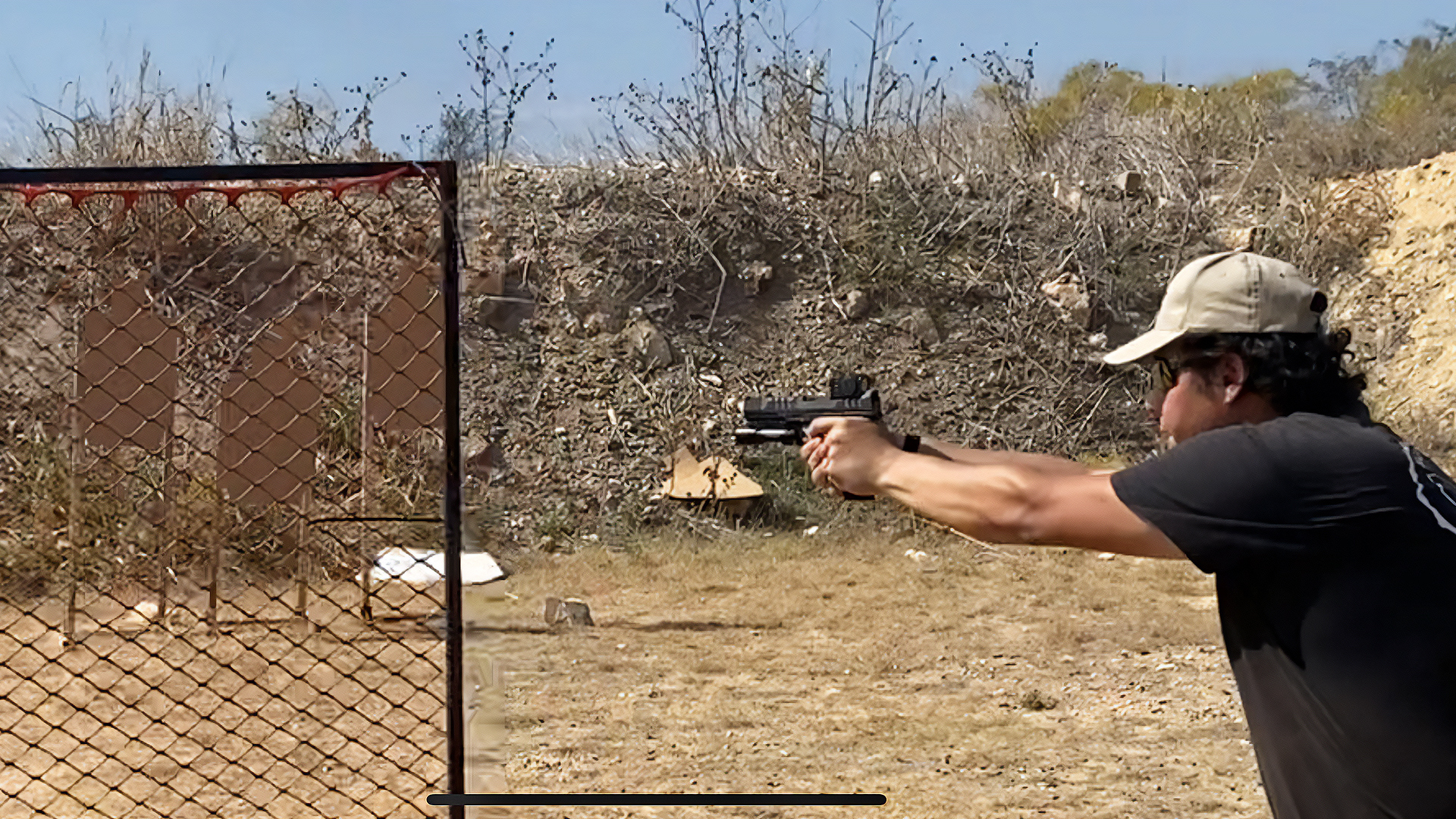
The reality is that the practical-tacticals don’t have much in common with raceguns, but because they are compensated, they must compete in the Open divisions regardless. Moreover, since practical-tacticals are designed to fire standard-pressure 9 mm loads only, they’re relegated to minor power-factor scoring in games like USPSA or IPSC. Arguably, this is their biggest disadvantage against “true” Open major handguns. Major scoring provides an extra point for C-zone and D-zone hits compared to minor scoring, and it’s something that can positively influence a major shooter’s hit factor for their grand scores. Of lesser importance than scoring is the fact that practical-tacticals are for all intents and purposes, “normal” pistols with a compensator—not “alien” Open guns that are built from scratch for action-pistol shooting only.
Shooting Open With The Walther PDP Pro-X & Canik TTI Combat
I’ve taken both the Walther PDP Pro-X and the Canik TTI Combat to USPSA matches. Due to the rules, I had no choice but to sign up in the Open division. After having shot in USPSA Open a few times at my club, with these practical-tacticals, be it the Walther PDP Pro-X, Canik TTI Combat (or even the Heckler & Koch VP9 Match), it wasn’t so bad, especially for someone who just shoots club matches on the weekend to blow off steam. By all means, the serious competitor ought to take every advantage possible that’s conferred by shooting in Open divisions. But with my most recently completed match still in mind, competing with the Walther PDP Pro-X was awfully reminiscent of just shooting my other PDPs in Carry Optics.
According to the way USPSA and IPSC matches are structured, shooting a practical-tactical in the Open division isn’t ideal, but in reality, it isn’t so bad either. My shooting club, which is very forward thinking in terms of competition already, caters to Carry Optics, Limited and Limited Optics, Pistol-Caliber Carbine and Open shooters by way of their stage design and round counts. These higher round count divisions also tend to be the most popular (and competitive) nationwide nowadays. I think that showing up with that Walther PDP Pro-X wasn’t as “grating” as it seemed in concept.
The Closing Question
The rise of the practical-tacticals has been met with some cynicism from the community, because often these new handguns are marketed around terms that flirt with performance and match shooting, without actually fitting neatly into the divisional checklist of an action-pistol league. My club can be so competitive that someone shooting Carry Optics or Limited Optics ends up being overall match winner with regular frequency, even ahead of Open major or Pistol-Caliber Carbine division shooters. This also happens despite the fact that both Carry Optics or Limited Optics are minor scoring only, too.
For the sake of the sport, should another division like “Carry Optics Compensated” exist, or should practical-tactical shooters just tough it out in the established Open divisions and focus on their movement through a stage?

